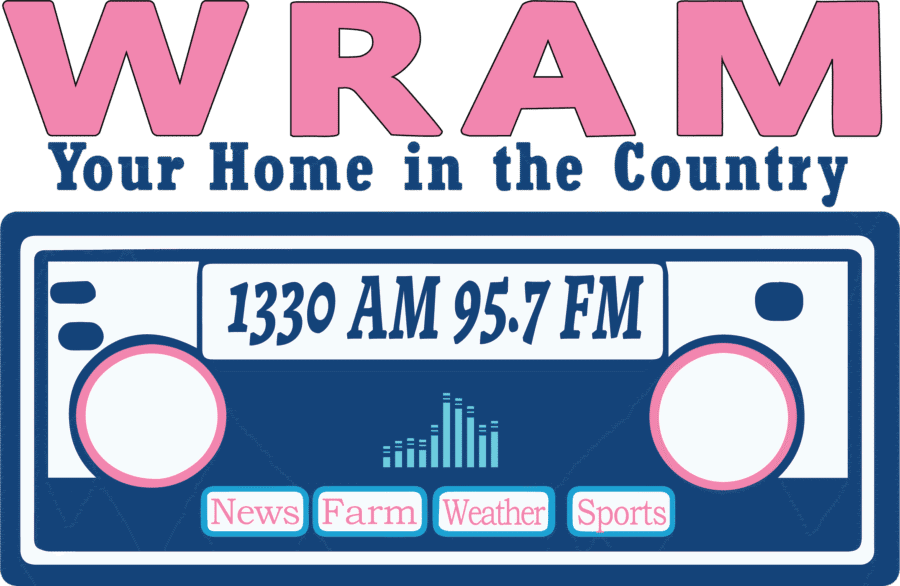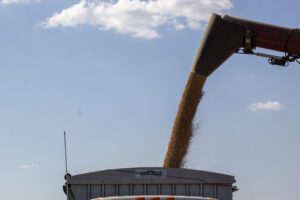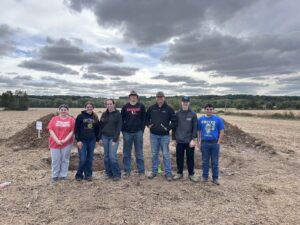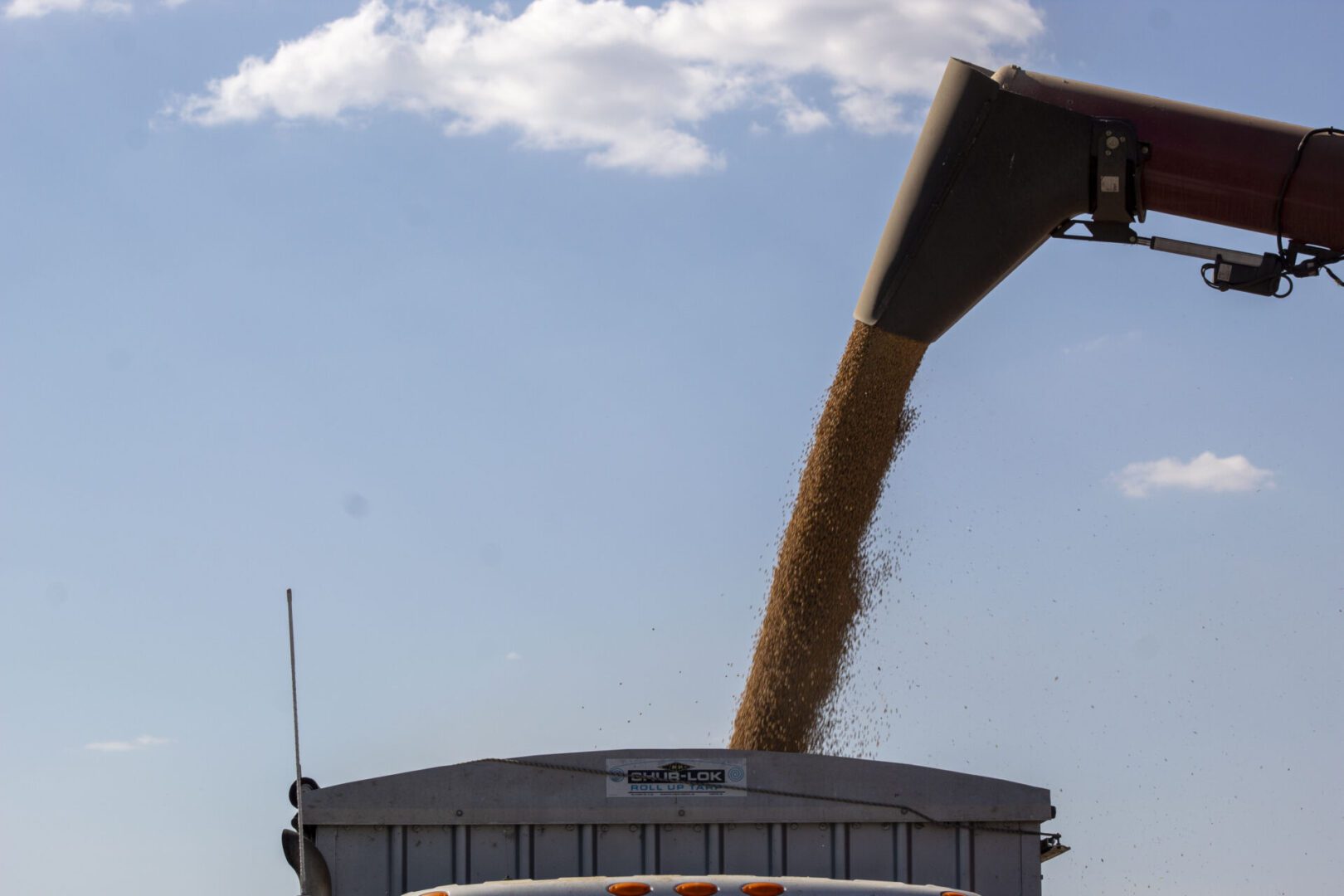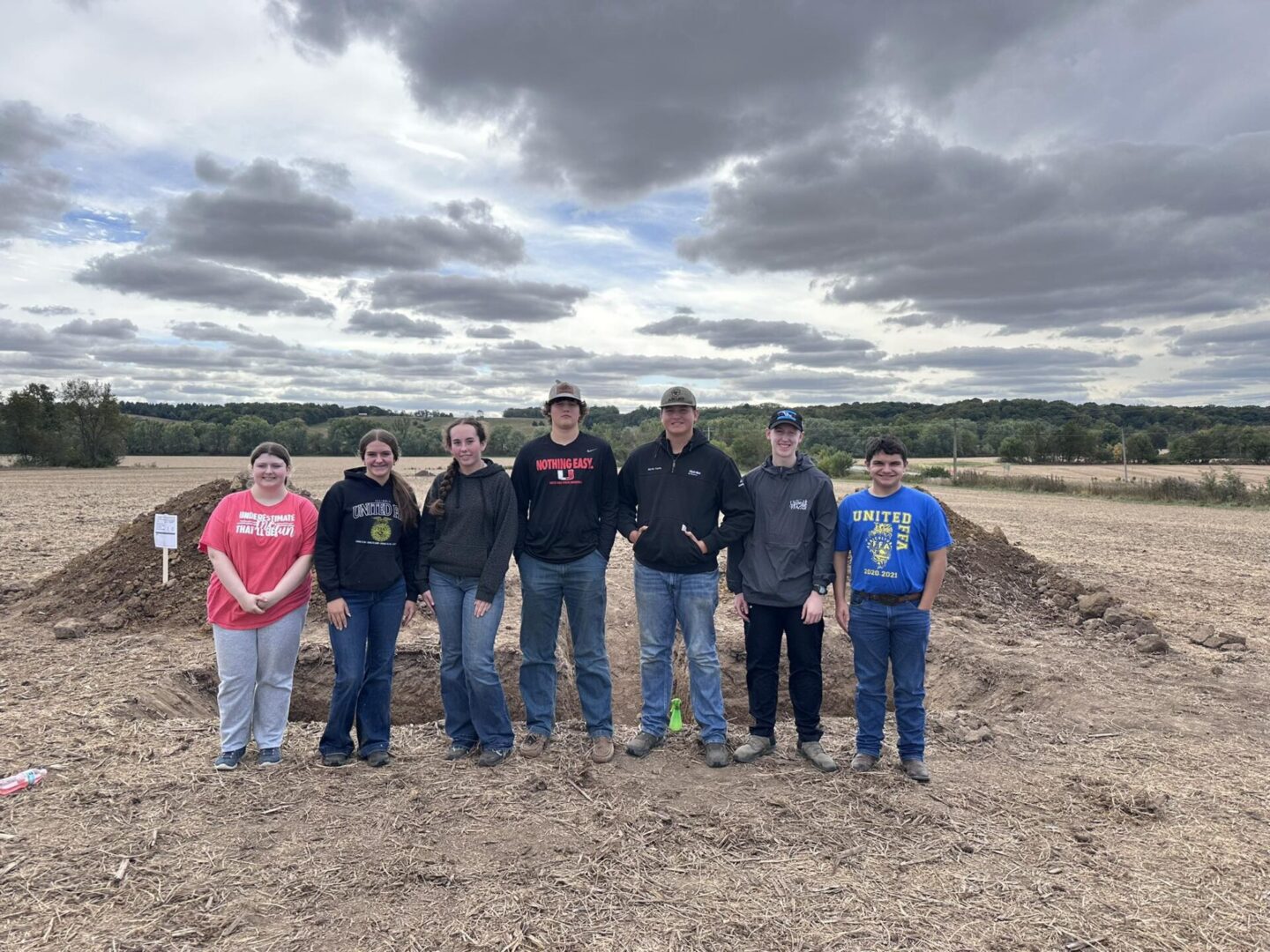West Central Illinois Harvest Update
The growing season was a pretty good one. Yields seem to be good for both corn and soybeans in our part of the world. August through October was extremely dry, which took the top-end off of yields, limiting the ability for maximum grain fill. Late-season disease, including southern rust and tar spot, also affected final fill and yield capability in corn. Extreme dryness accelerated dry down and field loss, both contributing to final yield reduction. Good but not great crop. Look for final yields to be reduced from early projections, based on broad comments from good growers across the Midwest.
Tight times on the farm begin to rival the “Eighties” – Rob Elliott, Monmouth, IL farmer
Farmers are caught in a vice in 2025. Input costs remain at record highs while global grain and oilseed prices sit at multi-year lows. For many producers, profit margins have turned negative for 2-3 years running. Operating costs don’t seem to want to retreat. Fertilizer, fuel, and crop protection products remain stubbornly expensive. As well, machinery, seed, insurance, land and interest costs all are at elevated levels. Farmers are primarily hunkered down, attempting to avoid any expense that is not fundamental to growing the next crop. Most will not change practices or input choices to avoid the risk of yield reduction. In times like this, too often decisions tend to be made on desperate emotion versus sound business principles. Most farmers are good at production but often avoid the perceived risks associated with futures, options, and hedging. Many might be better off hiring their marketing versus procrastinating at marketing aggressively. Low prices and high input costs create a bad day, but low yields along with low prices and high costs, build a really bad day.
Agriculture’s low price dilemma is based on some pretty basic concepts. Improving genetics and technology have allowed farmers to become more efficient and productive – growing more with less in spite of the growing environment of the year. We continue to create a bigger pile than we consume annually. Demand seems to be throttled by trade restrictions and roadblocks in renewable fuels policy, restricting market growth. Farmers would much prefer to allow the market to grow and work versus a bailout with government “mailbox money”.
Corn, soy, and wheat prices have fallen 30–50% from their 2022 highs. While from a historic perspective, prices are not at all-time lows, when taken in ratio to elevated input cost levels the margin squeeze does begin to approach a point that could soon rival the eighties. Tight margins possibly reduce planted acres and input intensity, weakening yield potential and probably creating volatility in futures markets. Margin compression will persist until energy, credit, and fertilizer markets ease—or global demand recovers. Attitudes are deteriorating in the country and things are particularly tough on young operators that lack cushion in balance sheets and cash flow.
With prolonged financial stress at the farm level, balance sheets suffer, loan payback falters, asset liquidation increases, and farm bankruptcies begin/accelerate. Negative farm profitability has an impact beyond the farm; implications ripple across the entire rural as well as the broader economy. Deere, Bayer, Corteva implement layoffs, GM, Ford earnings go south, rural bank assets decline. We need to help create solutions that let broader markets flourish. When farmers do well, America does well.
By Rob Elliott – Farmer & Farm Advocate
Monmouth, IL
Proud owner of the T-shirt – “I Survived the Eighties”

